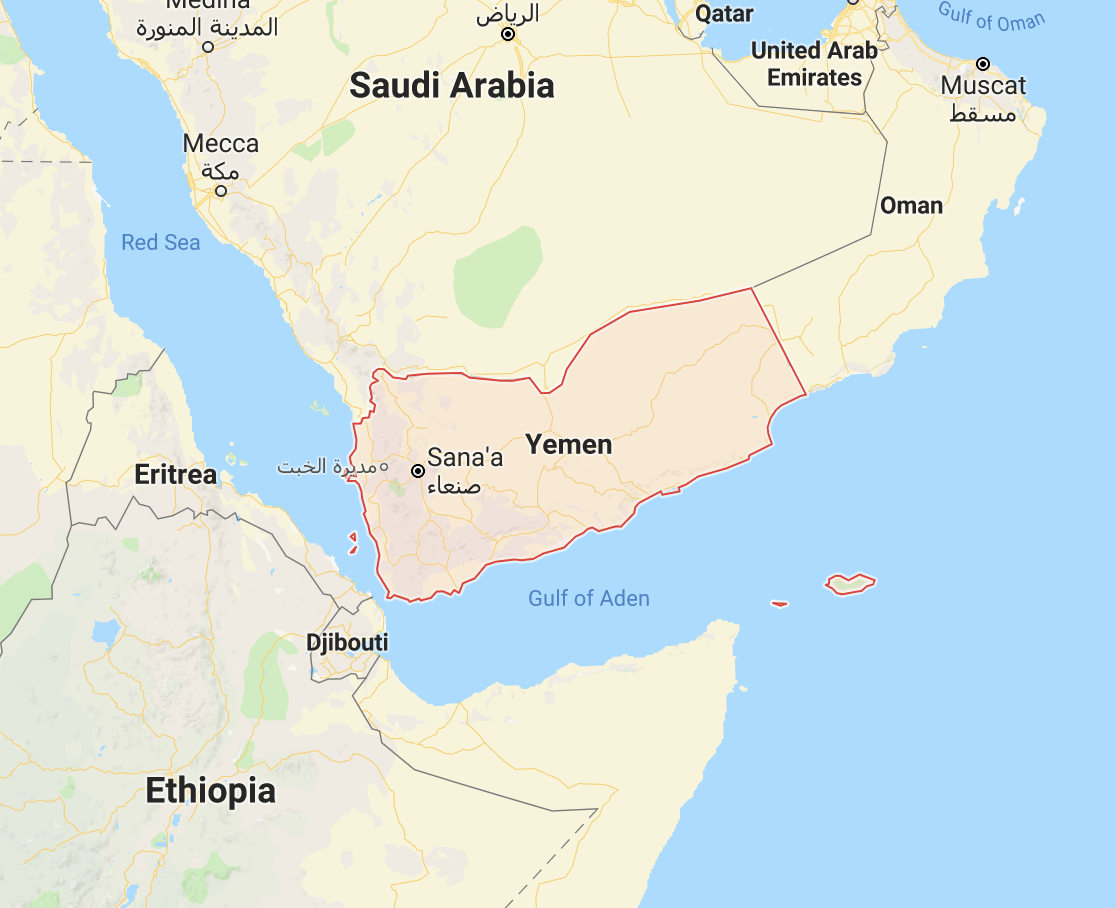The International Organization for Migration says that nearly 150,000 migrants arrived in war torn Yemen in 2018.
This is despite ongoing conflict, a cholera outbreak and near famine conditions in much of the country.
Perhaps what is most remarkable about this figure is that the number of migrants expected to arrive in Yemen before the end of 2018 far exceeds the number of irregular migrants who have arrived in Europe in 2018, which is 134,000. Deeper still, while the number of migrants to Europe sharply declined between 2017 and 2018, the number of migrants to Yemen increased by 50% compared to 2017.


Why are migrants flocking to war torn Yemen in such large numbers?
According to the International Organization for Migration, the vast majority of migrants are from Ethiopia and they travel to Yemen via smuggling routes across the Red Sea, most from Djibouti. Their ultimate destination is not Yemen, but rather Saudi Arabia where they hope to find gainful employment. From the International Organization for Migration:
“Located at the cusp of two continents, Yemen historically has been an origin, transit and destination country of migrants. Today, an estimated 92 per cent of its incoming migrants are Ethiopian nationals, with Somalis accounting for the rest. In 2017, an estimated 100,000 migrants reached Yemen.
Migrants reaching Yemen travel first by land, primarily through Djibouti, and eventually undergo perilous boat journeys across the Gulf of Aden to Yemen, now one of the busiest maritime migration routes in the world. A smaller number sails from Somalia’s coastline.
Both routes are also among the world’s most “youthful,” in the sense that minors account for an estimated 20 per cent of the migrants. Many are unaccompanied.”
The stories of these migrants are instructive. Last year, Mohammed Abdiker of the IOM penned an essay on this “deadly migration route that the world is ignoring.”
“The stories we hear from them are the same; they know someone who has gone before and “made it.” Someone who has sent enough money home to build their parents a house, put their brother through school or regenerate their family farm affected by years of drought. Migrants often cite these examples as proof that once they reach their destination they will be able to pull themselves and their loved ones out of poverty.”
…
The fact that so many people are willing to flee to Yemen is a profound demonstration of the power of migration. People want to move– and they are willing accept huge risks in pursuit of a better life.
